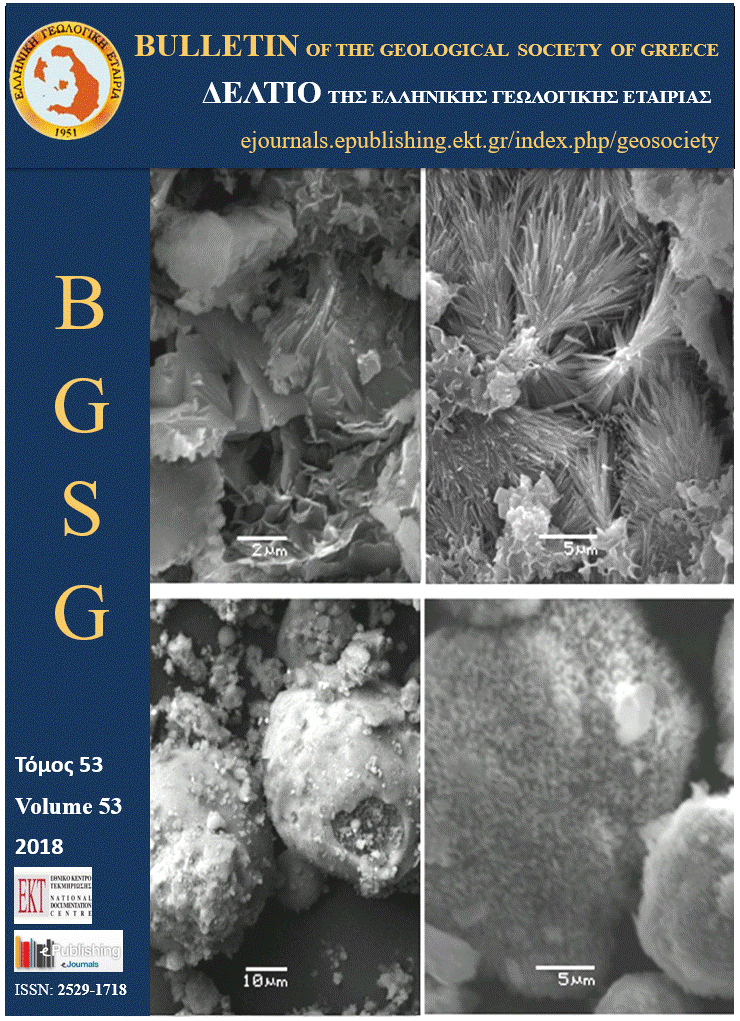Identification of Obsidian Sources on Milos, Greece
Résumé
Obsidian, a natural volcanic glass, was used extensively in ancient times because of its quality as a raw material for sharp blades. As such, obsidian is of high interest for provenancing studies, since reliable provenancing can provide information about trade routes, extension of territory, long-distance contacts and the mobility of prehistoric peoples. In general, well-established databases of the characteristic elemental composition, the chemical fingerprint, are needed for reliable provenancing. On Milos Island, two sources of raw obsidian, namely Agia Nychia (Cape Bombarda) and Demenegakion are known. Recent literature claims a third source close to Agios Ioannis. In a sampling expedition with the goal to complete the Atominstitut’s database on the chemical fingerprints of obsidian, samples at Agios Ioannis were collected to include this new source. At the location, 16 scattered samples were taken for analysis, even though no direct outcrop could be identified. On the nearby island Kimolos, several more samples were found. Using instrumental neutron activation analysis (INAA), the chemical fingerprint of the samples was measured and compared to the values in the database. All samples from Agios Ioannis were identified as either from Demenegakion or Agia Nychia, indicating that no further source of obsidian exists at the location.
Article Details
- Comment citer
-
Sterba, J. H., Eder, F., & Bichler, M. (2018). Identification of Obsidian Sources on Milos, Greece. Bulletin of the Geological Society of Greece, 53(1), 125–133. https://doi.org/10.12681/bgsg.18559
- Rubrique
- Mineralogy-Petrology-Geochemistry-Economic Geology

Ce travail est disponible sous licence Creative Commons Attribution - Pas d’Utilisation Commerciale 4.0 International.
Authors who publish with this journal agree to the following terms:
Authors retain copyright and grant the journal right of first publication with the work simultaneously licensed under a Creative Commons Attribution Non-Commercial License that allows others to share the work with an acknowledgement of the work's authorship and initial publication in this journal.
Authors are able to enter into separate, additional contractual arrangements for the non-exclusive distribution of the journal's published version of the work (e.g. post it to an institutional repository or publish it in a book), with an acknowledgement of its initial publication in this journal. Authors are permitted and encouraged to post their work online (preferably in institutional repositories or on their website) prior to and during the submission process, as it can lead to productive exchanges, as well as earlier and greater citation of published work.



